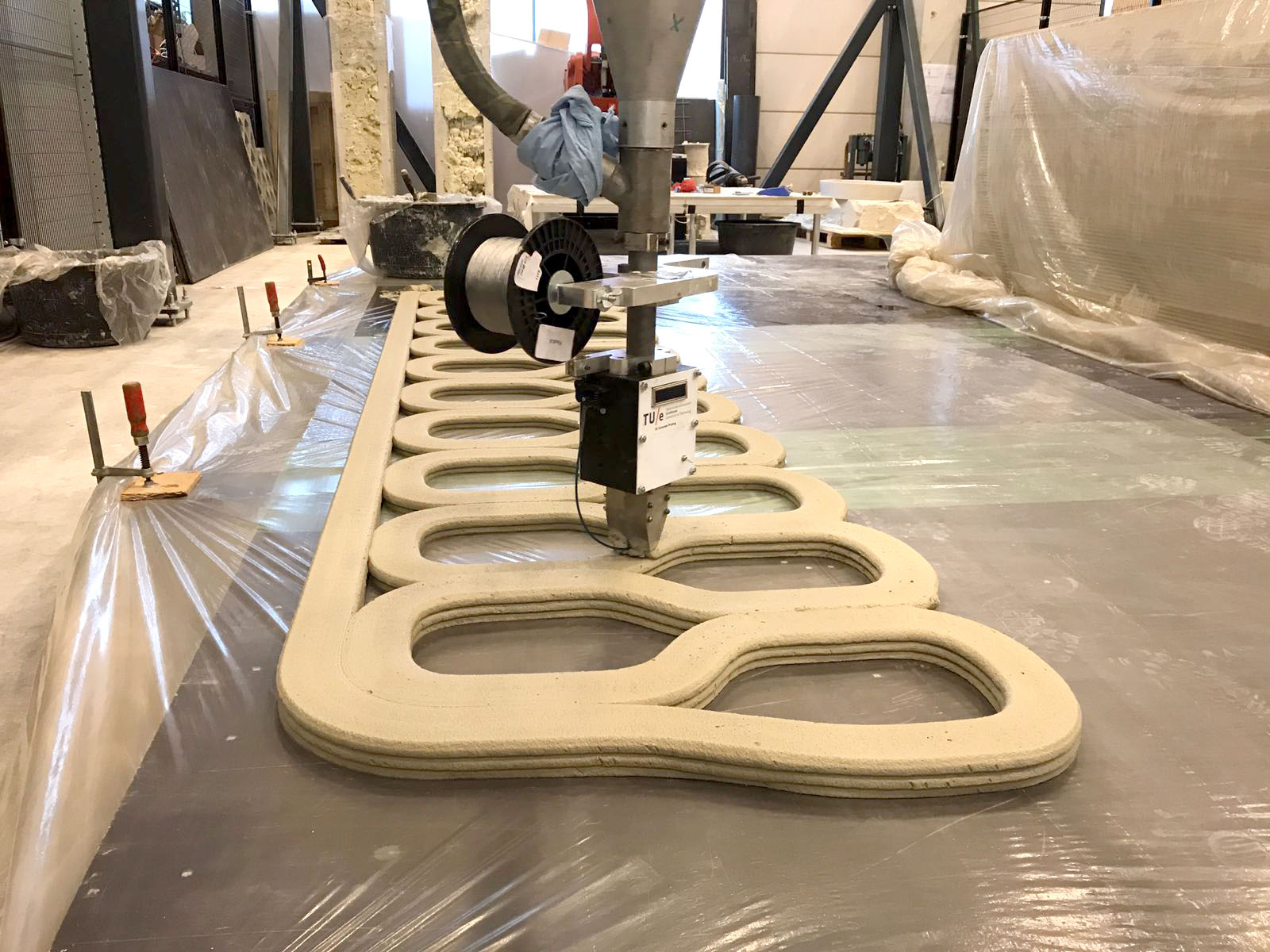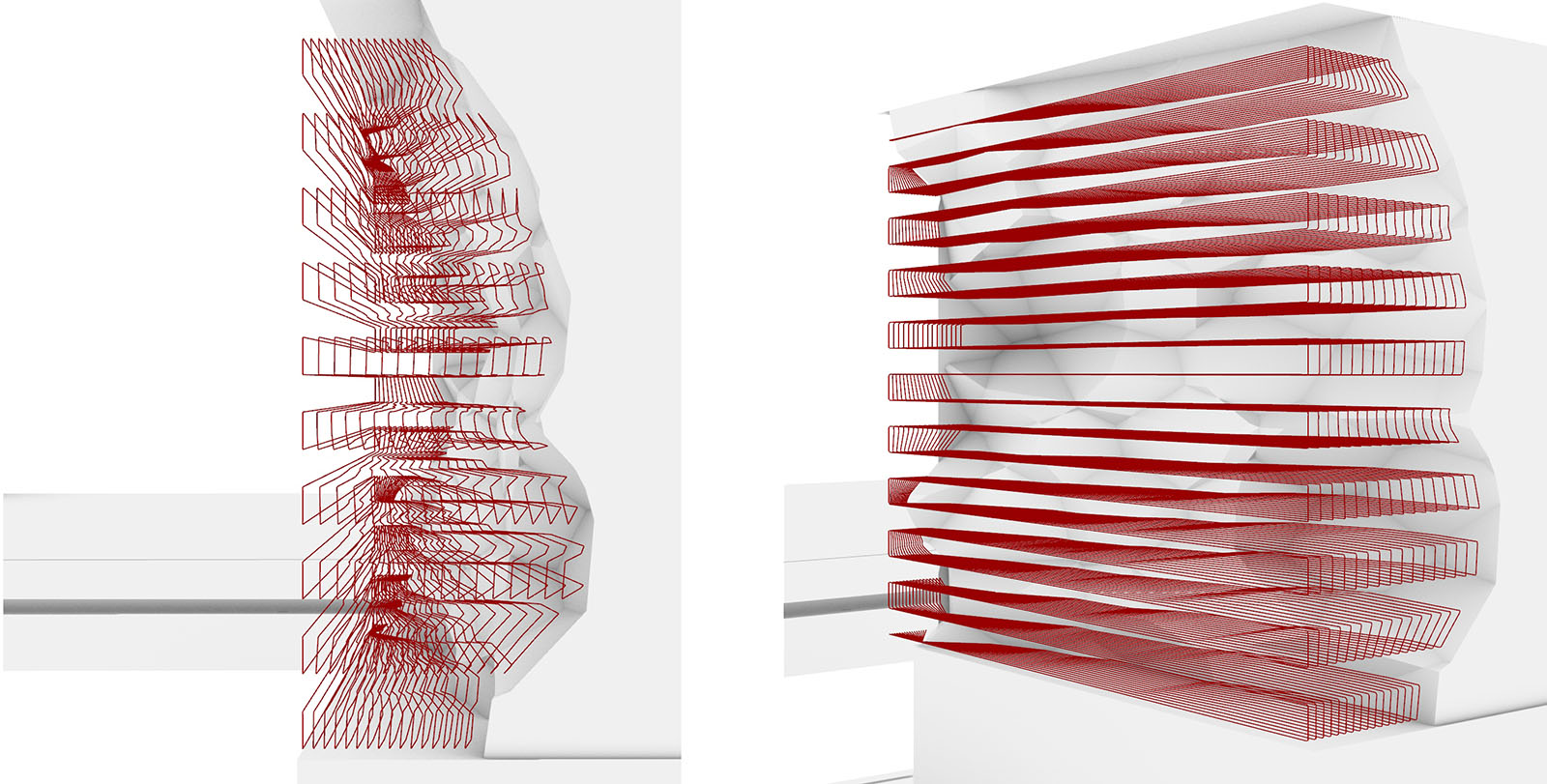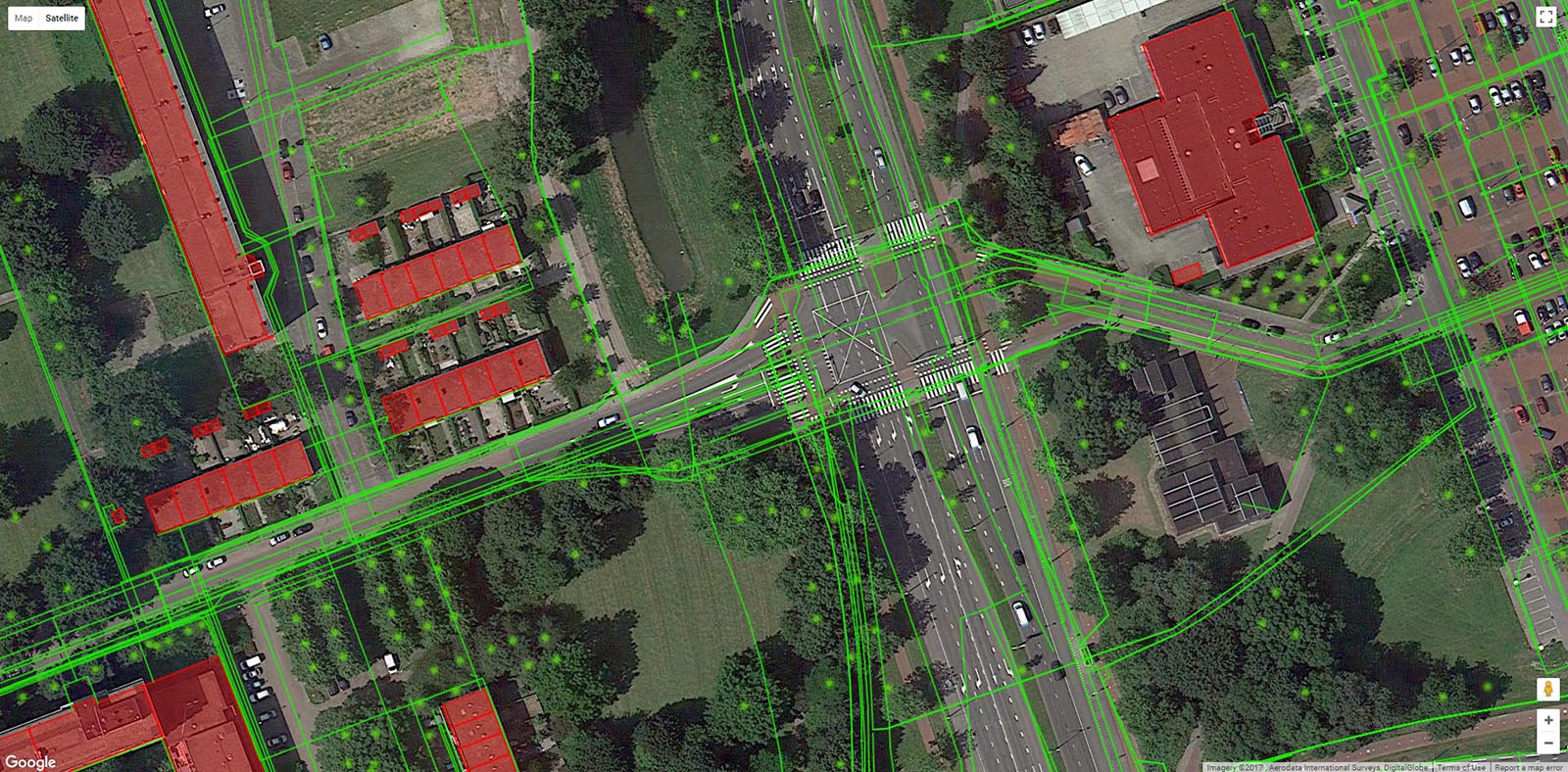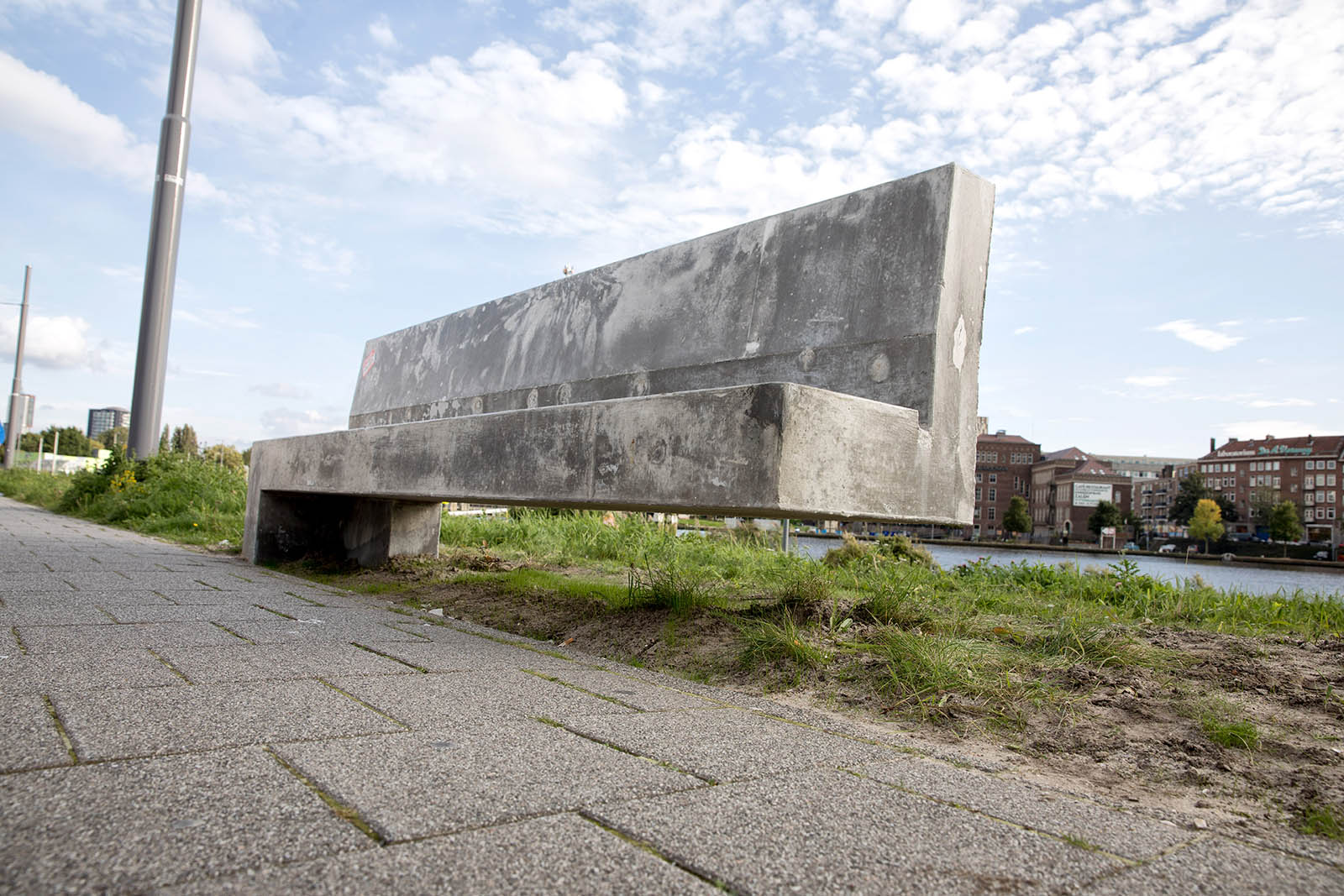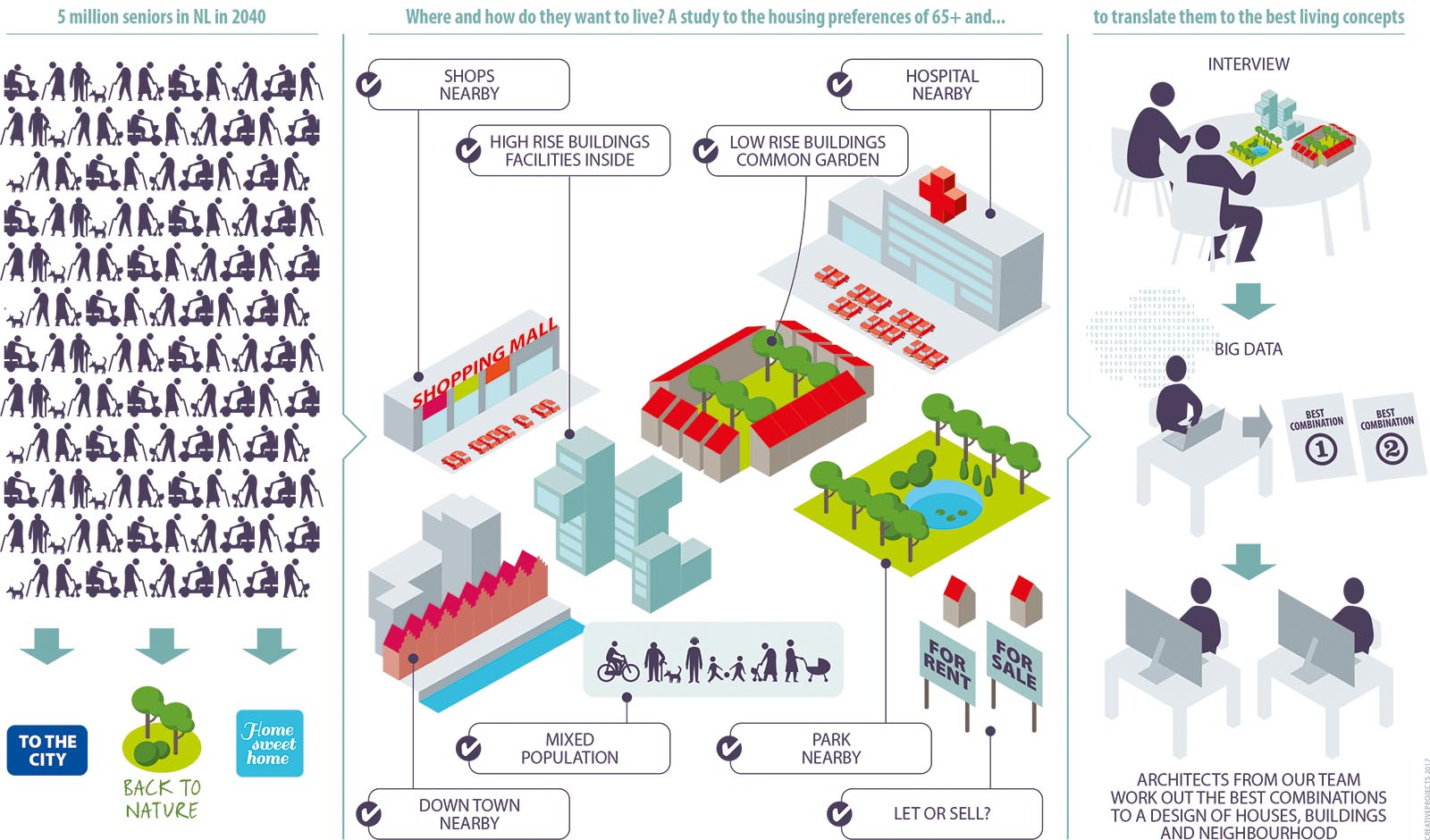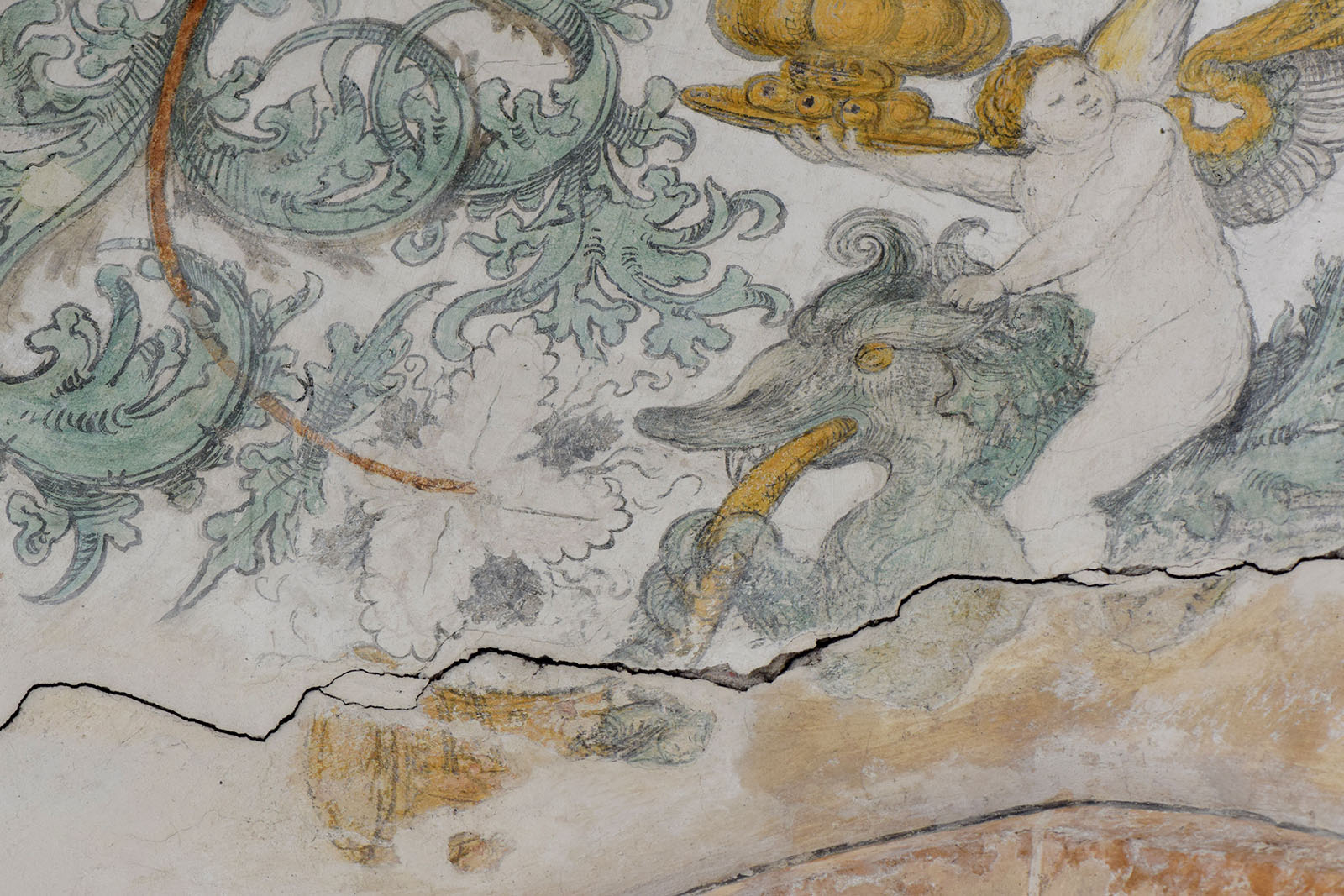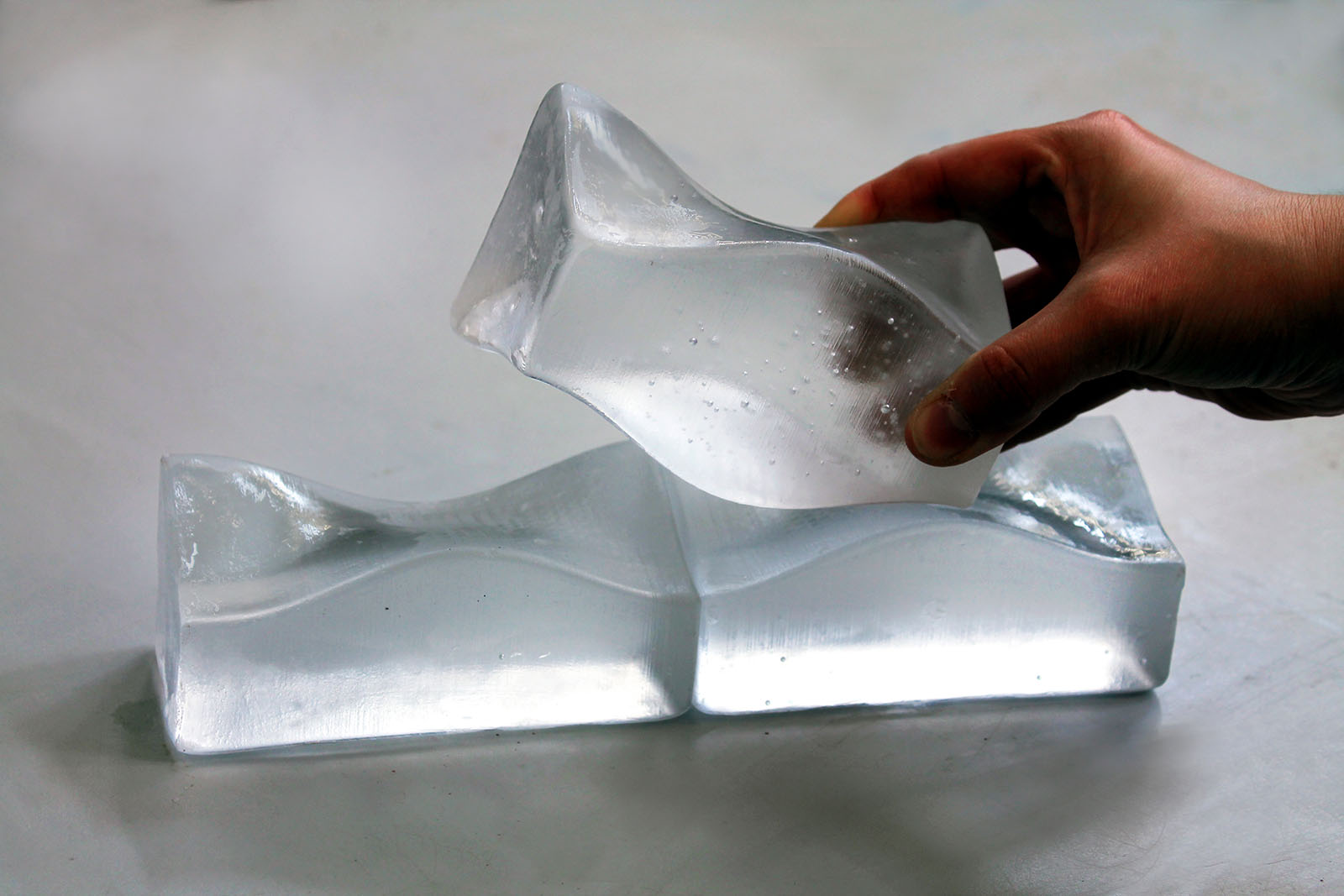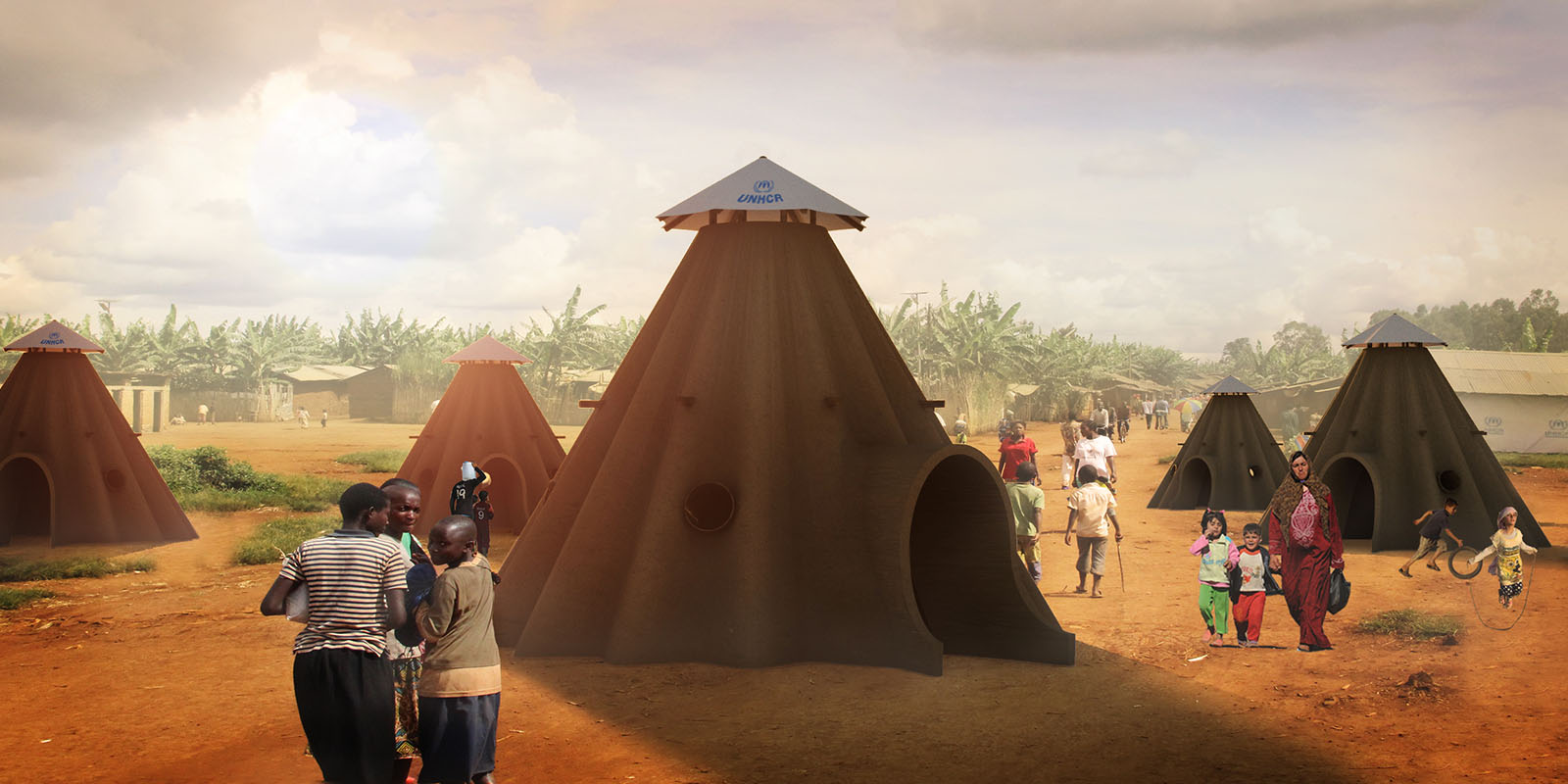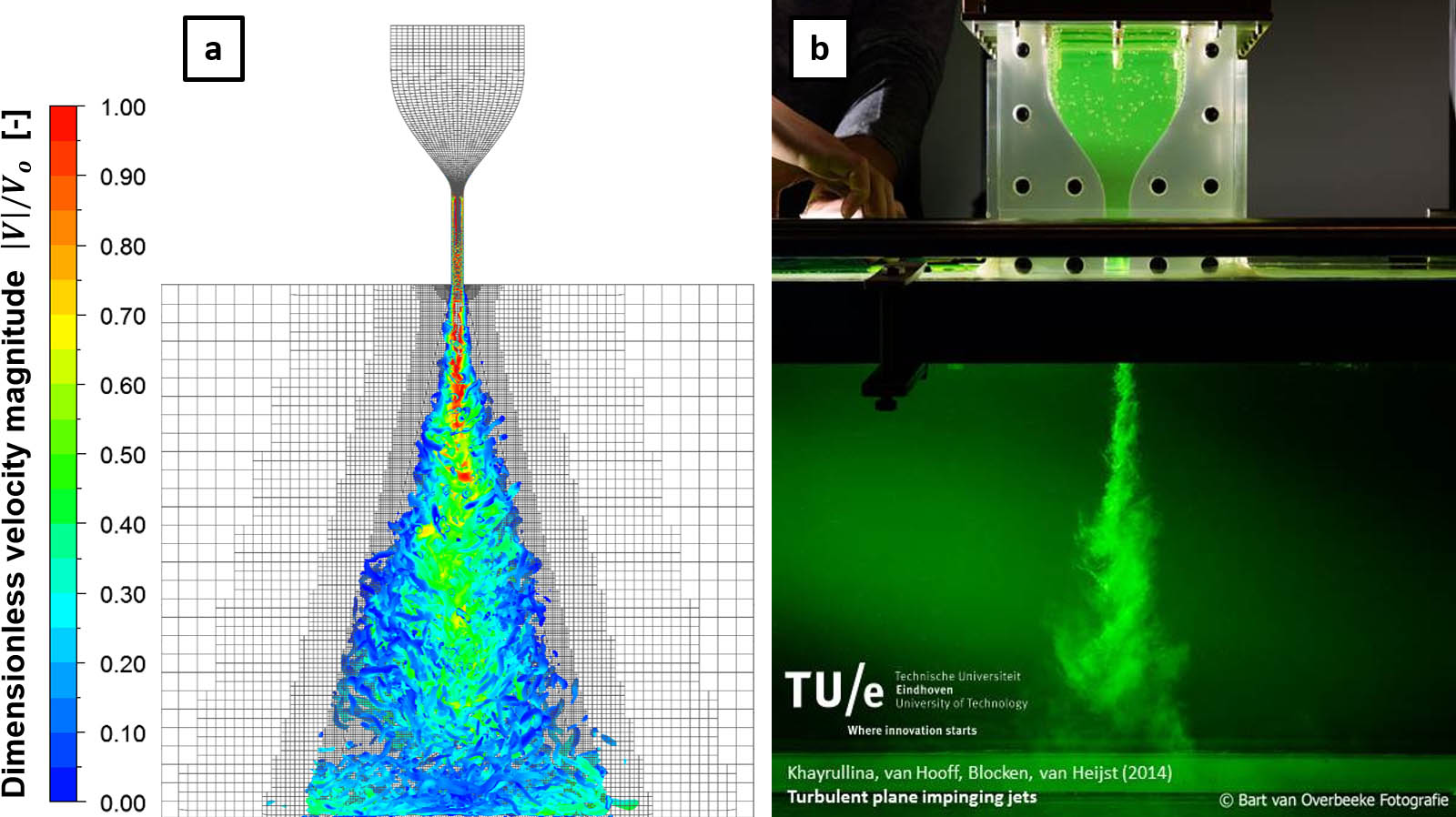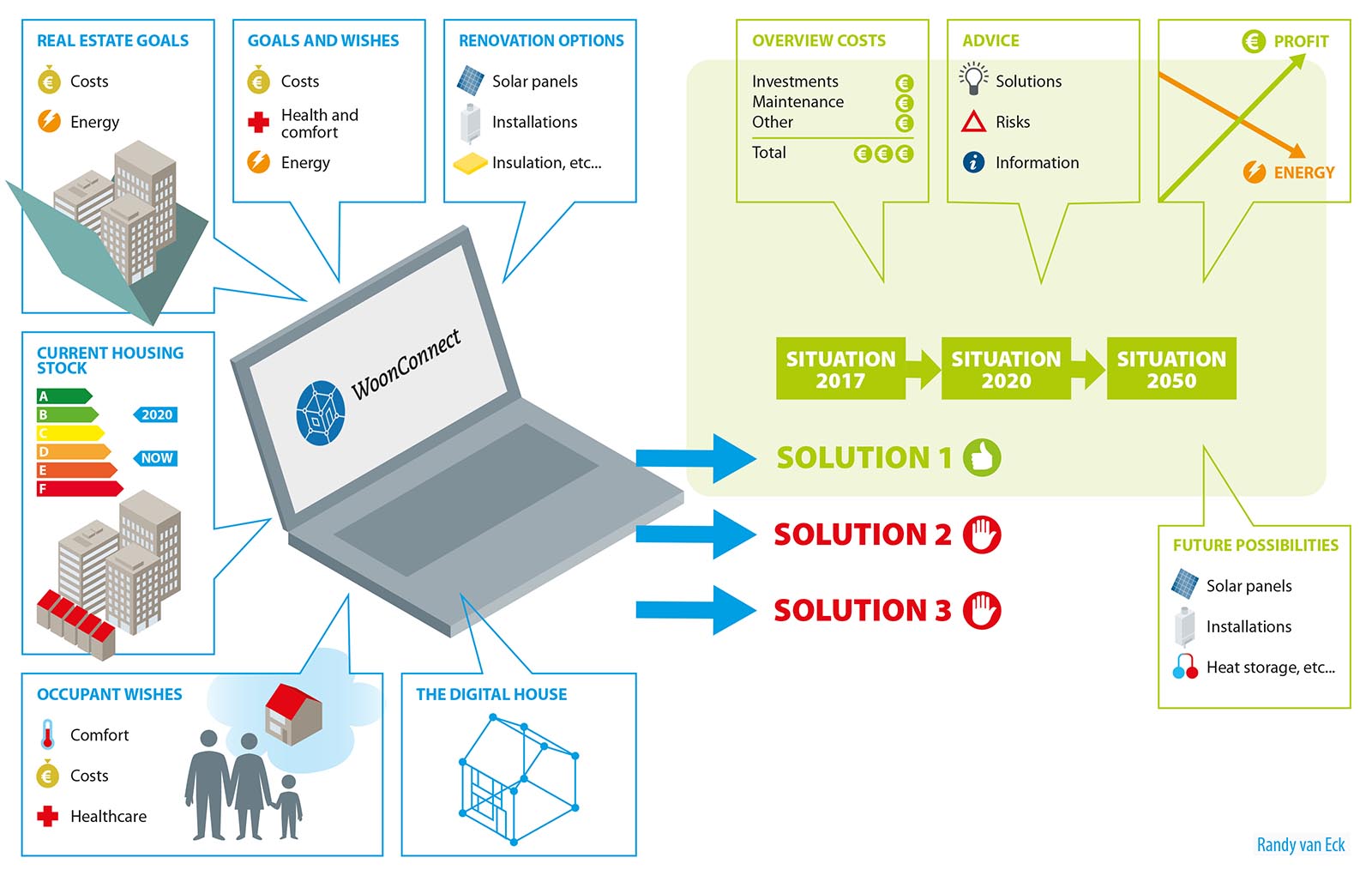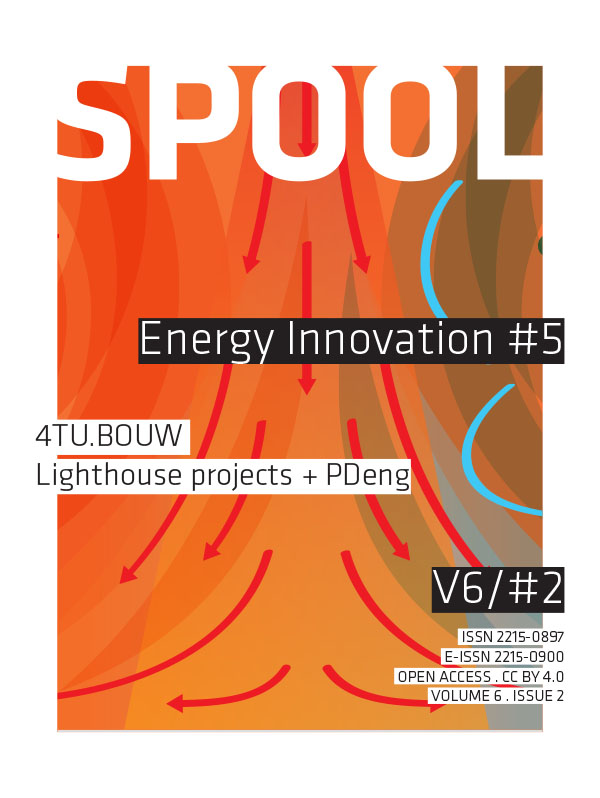
4TU.BOUW Lighthouse projects + PDEng
Four Dutch Universities of Technology decided to collaborate as 4TU.Bouw Center of Excellence for the Built Environment. This issue of SPOOL is dedicated to the last batch of 4TU.BOUW Lighthouse projects .
‘Lighthouse projects’ aim at promoting and starting up imaginative research projects, delivering tangible results like demo's, mock-ups, prototypes, test runs, lab environments and so on.
10 projects / 56 pages
E-ISSN 2215-0900
Issue editors
Ir. Siebe Bakker, bureaubakker Delft
Dr.ir. F.D. van der Hoeven, TU Delft
Editorial
-
Spool has published previously four issues dedicated to projects, developed in a high-risk innovation programme: the so-called the 4TU.BOUW lighthouse projects. Initially, the main topic of this programme was Energy-Innovation, hence the name of this “thread”. This issue of Spool presents the last batch of Lighthouse projects as the programme came to a close.
Projects
-
Recent years have seen a rapid growth of additive manufacturing methods for concrete construction. Potential advantages include reduced material use and cost, reduced labor, mass customization and CO2 footprint reduction. None of these methods, however, has yet been able to produce additively manufactured concrete with material properties suitable for structural applications, i.e. ductility and (flexural) tensile strength. In order to make additive manufacturing viable as a production method for structural concrete, a quality leap had to be made. In the project ‘3D Concrete Printing for...
-
By designing materials with variable stiffness, structures can adapt to various functional requirements. This paper presents variable stiffness explored in two case studies relying on an architected material approach that involved gradient pattern differentiation and freeform printing using thermoplastic polymers (TPE).
The differentiated cell pattern had gradients from high to low density of cells, which facilitate variable stiffness. Numerical and experimental studies showed the potential for application of materials with variable stiffness in adaptive structures.
-
Excavation work takes place almost continually in most cities around the Western hemisphere. Many cities are already full of infrastructures, buried networks, and street furniture, so excavation work is not without any thread to the operator and surrounding environment. Small construction sites, for example, are often constrained by operating infrastructure on surface level and underground. Although different agencies and network owners have information about the location of the objects that put excavation work at risk, this information is not centralized. Different organizations manage...
-
The sustainability of infrastructure projects is becoming increasingly important issue in engineering practice. This means that in the future the construction materials will be selected on the basis of the contribution they can make to reach sustainability requirements. Geopolymers are materials based on by-products from industries. By using geopolymer concrete technology it is possible to reduce our waste and to produce concrete in the environmental-friendly way. An 80% or greater reduction of greenhouse gases compared with Ordinary Portland Cement (OPC) can be achieved through...
-
In developed countries, the share of the elderly (65+) is growing quickly. In the Netherlands it might reach 25 to 30% of the population by 2040 (see Figure 1). We design best living concepts for the elderly, based on a research in their residential preferences. Our novel methodology combines insights from social sciences and architecture. A stated choice experiment retrieves the willingness-to-pay of the elderly for a set of relevant attributes of the dwelling, building and location. The attributes with the highest valuation are used as an input for a flexible architectural...
-
Additive Manufacturing (commonly known as 3D printing) technology has become a global phenomenon. In the domain of heritage, 3D printing is seen as a time and cost efficient method for restoring vulnerable architectural structures. The technology can also provide an opportunity to reproduce missing or destroyed cultural heritage, in the cases of conflicts or environmental threats. This project takes the Hippolytuskerk in the Dutch village of Middelstum, as a case study to explore the limits of the existing technology, and the challenges of 3D printing of cultural heritage. Architectural...
-
The applicability of glass in structures is continuously ascending, as the transparency and high compressive strength of the material render it the optimum choice for realizing diaphanous structural components that allow for light transmittance and space continuity. The fabrication boundaries of the material are constantly stretching: visible metal connections are minimized and glass surfaces are maximized, resulting to pure all-glass structures. Still, due to the prevalence of the float glass industry, all-glass structures are currently confined to the limited forms and shapes that can...
-
In recent years, natural disaster and military conflicts forced vast numbers of people to flee their home countries, contributing to the migration crisis we are facing today. According to the UNHCR, the number of forcibly displaced people worldwide reached the highest level since World War II. Post-disaster housing is by nature diverse and dynamic, having to satisfy unique socio-cultural and economical requirements. Currently, however, housing emergencies are tackled inefficiently. Post-disaster housing strategies are characterized by a high economic impact and waste production, and a...
-
The term “impinging jet” refers to a high-velocity fluid stream that is ejected from a nozzle, a narrow opening or an orifice, and which impinges on a surface. As applied to the built environment, impinging jets are used in air curtains to separate two environments subjected to different environmental conditions with the purpose of improving thermal comfort, air quality, energy efficiency and fire protection in buildings. The design and application of state-of-the-art air curtains requires detailed knowledge of the relationship between the separation efficiency of air curtains—their main...
-
With natural resources depleting, sustainable solutions are becoming more and more a necessity. To deal with the depleting resources, the Dutch government aims to generate 14% of country’s energy consumption through natural resources by 2020. The Dutch built environment is estimated to be responsible for 38.1% of the total energy consumption. This means that investments and innovation within this area have high potential.
However, there are some indications that these goals cannot be met. New houses often meet these requirements but, with a growth of 0.8% per year, these only...
